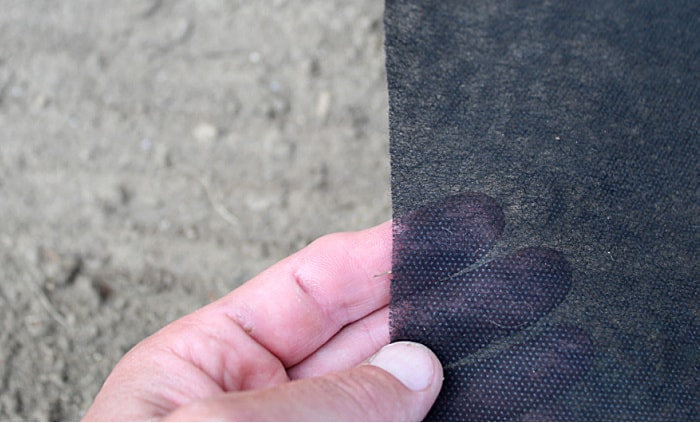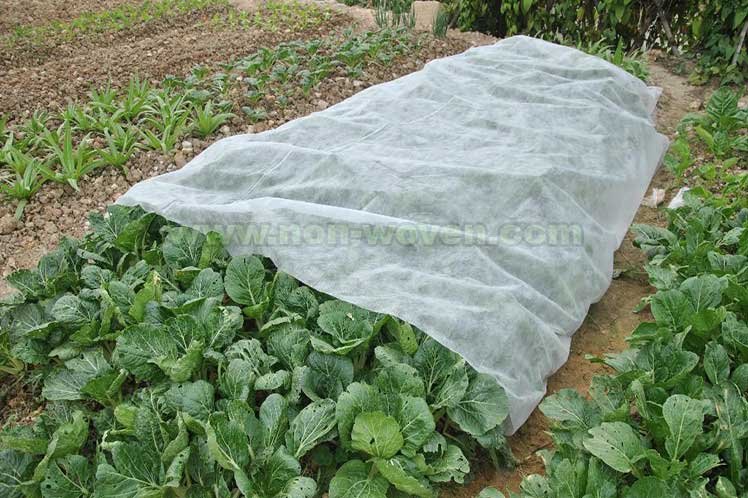The Specifications Of Non-Woven Fabric And Its Uses In Agriculture
Non-woven fabrics have been made since the early stages of the petroleum industry. They were initially utilized because of their softness and bulk in packaging, covering, filling, and many other uses. Non-woven fabrics have expanded their applications to other areas like commerce as well as civil engineering treatments and environmental engineering, as well as agricultural. The presence of non-woven fabrics can be observed everywhere and is evident in its initial use in the field of agriculture. Non-woven fabrics are made of long and short fibers that have been bonded together with mechanical, chemical or any other type of treatment. In general cases they are more durable and durable than non-woven ones. There are a variety of non-woven fabrics that are utilized in many industries. They are much easier to make than woven fabrics, and there is a rising demand for non-woven products. Check out this agriculture non woven fabric suppliers for advice.
Non-Woven Industry Development. Nonwoven fabric is a product that came out from the petrochemical and plastics industries following the introduction of film. It is less heavy than plastic cloth and provides better ventilation. It is commonly employed in medical, sanitary and filtering products, as well as engineering applications such sanitary napkins, facial towels and filters. Non-woven fabrics are utilized in vegetable production to protect against cold damage. Although the manufacturing process of non-woven fabrics differs from the production of plastic film, the raw materials are nearly identical. These include PVC (polyvinyl chloride), PET (polyethylene), EVA [Ethylene Vinyl Acetate copolymer], PVA (polyvinyl alcohol) and so on. When you inflate a traditional plastic film using heat, it produces an extremely thin film. The film is continuous. It can be stretched for a long time. The film has no pores. It is totally inert and completely blocks any movement and exchange of molecules. Following the expansion of the textile industry, artificial chemical fibres made of the mentioned ingredients were the latest fads in the textile business. However, these synthetic fibers are still able to form cloth using traditional weaving techniques, either weft or warp. Non-woven materials are created by interspersing fibers on the same plane, at different angles in every direction instead of using traditional methods of warp and weft. It is more robust than traditional woven fabrics and is made of raw materials in a single day. This is a superior alternative to traditional weaving which involves drawing fibers. The fashion industry has been using non-woven fabrics in large quantities in recent times. Non-woven fabrics have been utilized in a wider range of applications in the last few years as a result of advances in the field of material science and production technology. You can find different items and materials all over your daily life. The increasing use of non-woven textiles in agriculture is mostly due to their lightness, easy production, cost-effective, diversity, and wide application possibilities. Follow this non woven weed control fabric for more info.

Non-woven textiles in agriculture: applications of non-woven fabrics used in agriculture. Non-woven fabrics were first utilized in Europe to protect carrots from early harvesting. In addition, to deter whiteflies and tomato leaf virus Non-woven fabric was first introduced to Europe to the agriculture industry in 1978. In the United States non-woven fabrics are utilized for mulching sweet peppers, cantaloupes tomatoes, root vegetables, carrots as well as radishes, cabbages, lettuce, and other vegetables. It is mostly employed for heat preservation, promoting early harvesting, and insect control. Since non-woven materials are able to increase soil temperature and have good water retention They are commonly used for coverings on the surface, such as grass-proof mats. Short fibers are used to make water-absorbing blankets which are placed on nursery beds, allowing the roots to completely absorb water. They can be used to make turf or as lawns for gardens. They are also used to plant large woody plants such as fruit trees and garden trees, preventing weeds and retaining the moisture. Non-woven fabric is commonly used in Taiwan as crop covering. They also serve as the environment control of large greenhouses to reduce energy consumption. Canopy curtains and double-layered covers reduce heat dissipation and radiation at night. TAVIK fabrics are high-density non-woven spunbonded TAVIK fabrics used in the early days for shading and protecting cauliflower bulbs. Farmers soon accepted it due to its excellent shading ability and low thermal conductivity. It also offered an easy recycling process and its ease of acceptance. It was later used in the preservation of shade and preservation of leafy vegetables as also in the cultivation and preservation of fruit trees and pineapples. The development of non-woven industry is slow because of Taiwan's unique ecology and climate. Taiwanese nonwoven fabric manufacturers are constantly innovating nonwoven technology. The primary focus of Taiwan nonwoven fabric production is water absorption air permeability and water repellency. In the context of preservation and storage of agricultural products, it has stepped up its research capabilities and hopes to develop a wider range of uses. Check out this pp agricultural nonwoven fabric for more info.
